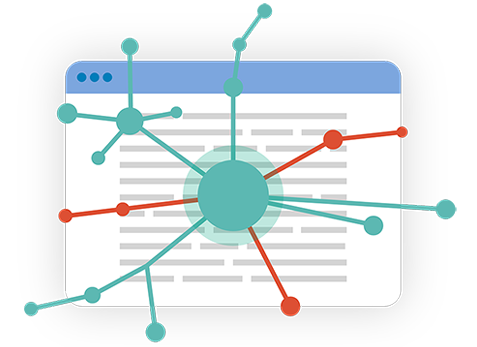
Capturing the strategic value of language is among the critical drivers of artificial intelligence adoption today. With 61% of companies sitting on 100 terabytes or more of unstructured information, it is no surprise that business leaders need a proven solution to accelerate the use of unstructured information. If they choose correctly, they can unleash the full potential of intelligent automation.
Finding a Fit for Robotic Process Automation
Robotic process automation (RPA) has quickly become a viable solution for businesses in search of intelligent automation. But while RPA has exceeded market expectations, AI continues to drive greater value. As a result, we are seeing technologies that include both RPA and AI as a common strategic investment in the enterprise world.
To close process gaps, more and more companies are using a combination of AI and automation to create a new digital workplace. When it comes to automating decision-making processes, there are two common business objectives:
- Increase efficiency by speeding up processes, reducing errors and increasing standardization.
- Reduce costs by enabling smart people to be smarter with the insight required to make better decisions.
The collaboration between AI and RPA extends and improves the reach of intelligent automation by accelerating the use of unstructured information in complex manual processes. Not only does AI immediately make all relevant data useful and actionable in RPA, but it also analyzes, categorizes and extracts relevant information trapped in unstructured data (such as text fields of various business documents, purchase orders, invoices, emails, survey reports, forms, etc.) to organize it into clean files for RPA.
While AI immediately makes relevant data useful and actionable, symbolic AI enables the analysis, categorization and extraction of relevant information trapped within the unstructured data of business process. In addition, RPA serves as an ideal complement to AI by enabling scaled adoption of AI’s cognitive capabilities.
AI and RPA in Action
For example, imagine a contact center struggling to manage millions of complex customer email inquiries that require different decision making and internal processes. The unstructured information is contained in both the body of the email copy and any accompanying attachments (e.g., business documents, forms, etc.). RPA alone does not have the cognitive capability to accurately analyze, categorize, and extract key data points.
In this case, the only way to produce meaningful intelligent automation is to marry the “click and drag bot” functionality of RPA with the cognitive capabilities of AI. This can quickly reduce intake from one to two days to less than five minutes, as well as reduce subsequent processing times by as much as 80%.
Rather than choose one technology over another or use each separately, companies are using both in an all-in-one platform. This basic ecosystem automates end-to-end processes and easily exploits the value of intelligence functionalities. This trend continues to gain momentum as more and more meaningful levels of intelligent automation can be achieved.
Are you ready for a match made in heaven?


